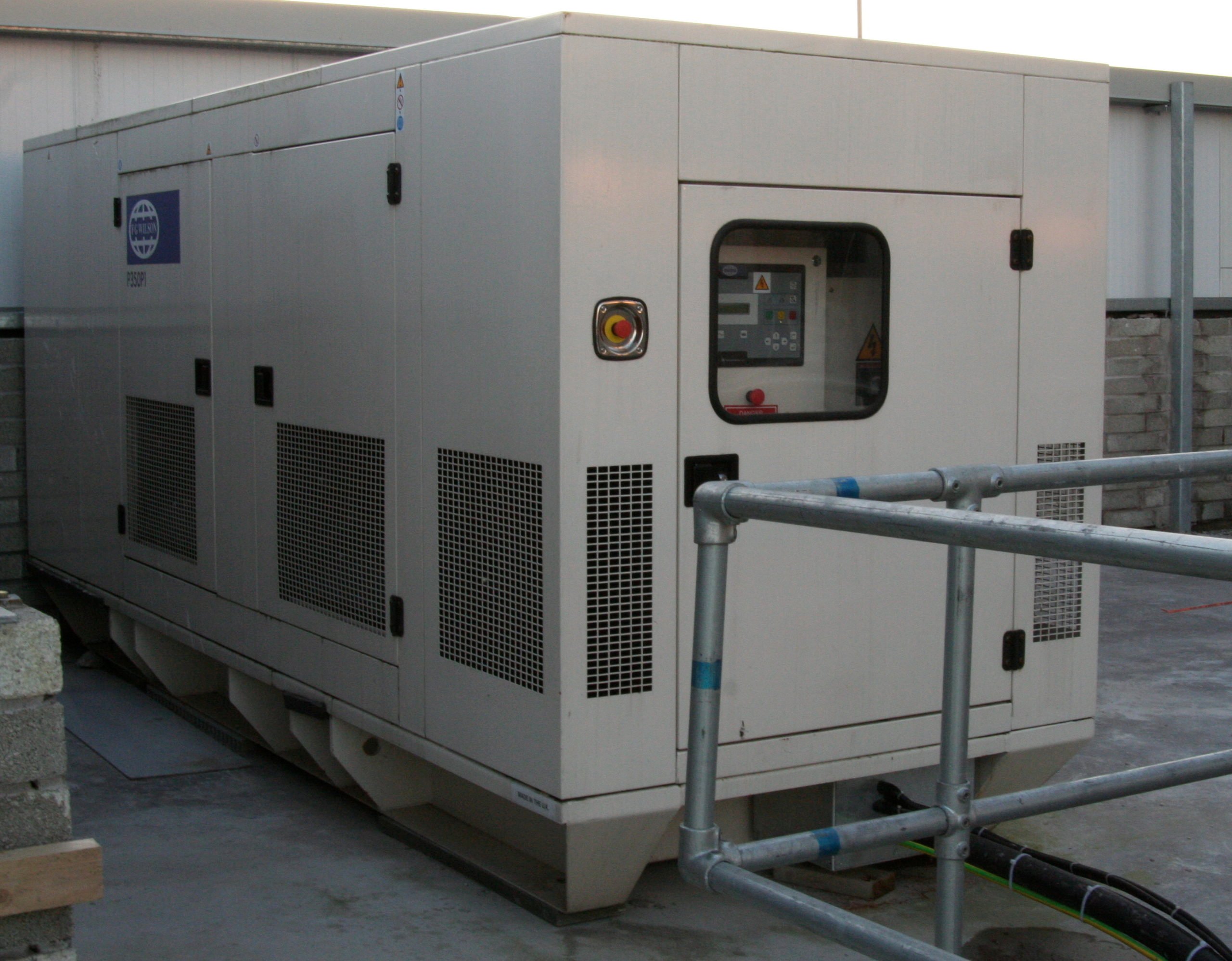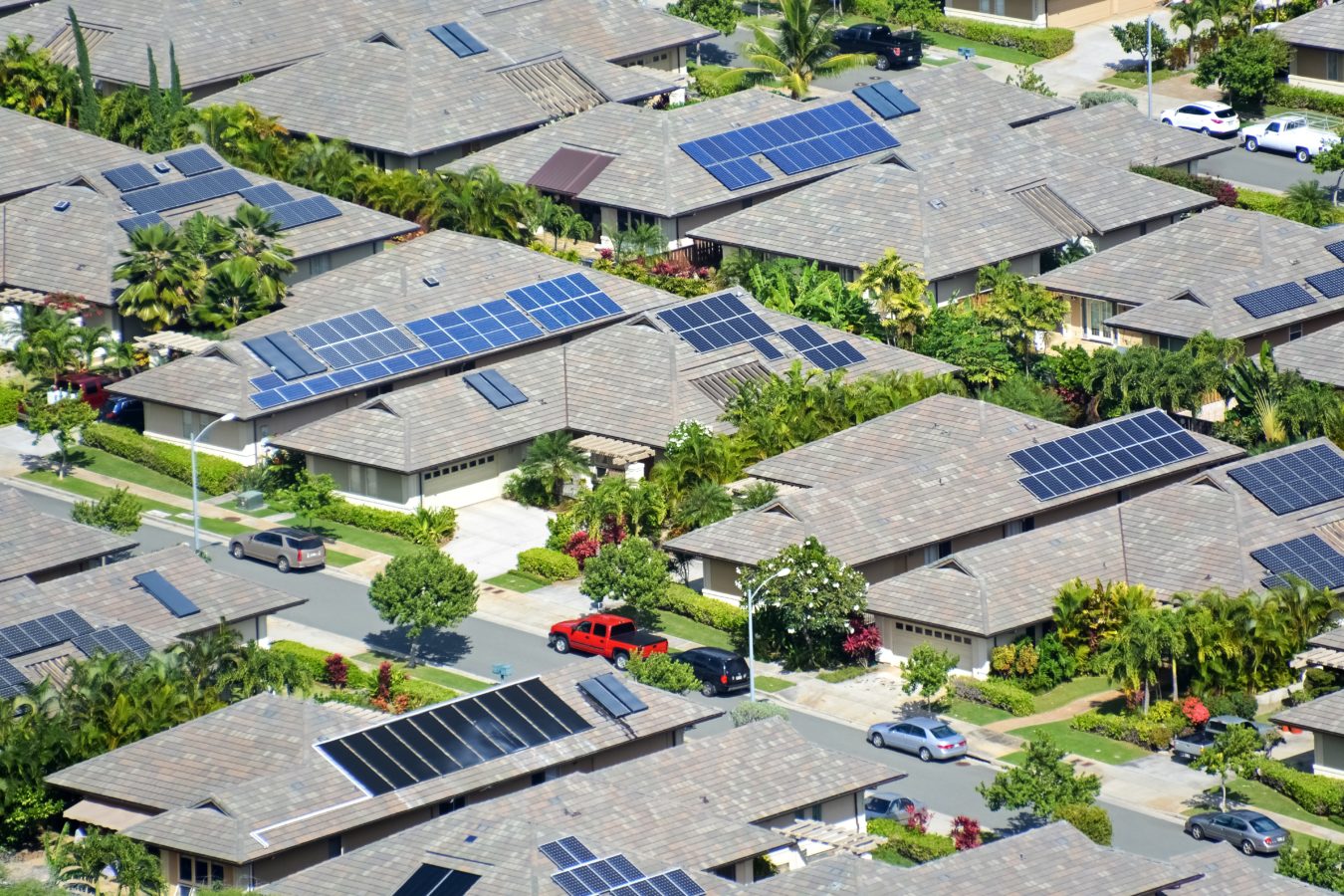It’s been quite a year for the California energy sector. Ever since the rotating power outages in August 2020, the specter of more outages continues to loom large. California utilities are still struggling with the possibility they could trigger more wildfires. And concerns are steadily mounting over the rising costs of electricity.
But it’s not all bad news. This year, California also became more serious about its clean electricity ambitions, and the state kicked its long-term clean electricity planning and procurement processes into high gear.
With 2021 winding down, let’s review some of the most notable events from the world of California energy this past year. Then I’ll look into my crystal ball and leave you with a few predictions for what’s up next.
Rotating outages averted, but it meant more dirty power
In January, a handful of California government agencies issued their final Root Cause Analysis of the August 2020 rotating power outages caused by an extreme, Western state-wide heat wave. With little time to spare before summer arrived, bringing with it the possibility of extreme heat waves and more power outages, California regulators pulled out all the stops to keep the lights on.
Despite their best efforts, California’s grid still teetered on the brink.
On July 9, California’s grid was only one step away from rotating power outages after the Bootleg Fire in Oregon took out multiple transmission lines that deliver power to California. As the summer wore on, the situation became even more precarious due to worsening drought conditions, delays in new resource procurement, and a catastrophic explosion that knocked a large gas power plant offline. With the recall election coming up fast and the hottest months still to come, Gov. Gavin Newsom issued an emergency proclamation taking even more measures to ensure that the lights stayed on.
Fortunately, California’s grid ended up squeaking by without any rotating power outages. However, in the course of their frantic efforts to prevent them, California officials also increased the state’s reliance on dirty electricity sources.
For example, California officials approved the construction of a few temporary natural gas plants in addition to upgrades at existing ones. Gov. Newsom also relaxed air pollution rules to allow diesel backup generators and ship engines to operate during periods of grid stress.
Because California doesn’t collect data on the operations of most backup generation, we don’t know how much more air pollution resulted from the state’s increased reliance on fossil fuels. But given that California’s grid operator this year called eight flex alerts, which is when backup generation is allowed to operate due to grid stress, it’s likely that fossil fuel-generated electricity fouled California’s air even more than usual this summer.

Backup diesel generators like this one were allowed to operate at certain times this past summer to ensure grid reliability. Because diesel generation is very dirty, it’s likely that the increased operation of backup diesel generators had a negative impact on air quality. (Photo: Tom Raftery/Flickr)
How to get to 100 percent clean energy became clearer
In a year plagued by grid reliability concerns, California still managed to take significant steps toward achieving its clean energy ambitions. The year started with the state’s first report on achieving 100 percent clean electricity by 2045, which indicated that the goal is technically achievable, although it will require a much faster buildout of batteries, solar, wind, and other clean resources.
The California Public Utilities Commission also took a big step this summer by requiring utilities to purchase a massive amount of clean resources: 11.5 gigawatts, to be exact, enough to power 2.5 million homes. The main purpose of these new resources is to ensure grid reliability because a few of California’s big power plants, including the Diablo Canyon nuclear power plant, will shut down over the next few years. These projects will also serve as a sizable down payment on the state’s transition to clean electricity.
Utility-caused wildfires and public safety power shutoffs still a major problem
Despite significant investments in wildfire prevention, wildfires sparked by power lines have continued to plague California’s big electric utilities. PG&E, California’s biggest utility, admitted that its equipment may have started the Dixie Fire, which was by far the state’s largest wildfire of 2021. Shortly after acknowledging its possible role in sparking the Dixie Fire, PG&E came out with an eyebrow-raising announcement that it plans to bury 10,000 miles of power lines at a cost of $15 billion to $30 billion. (Of course, the plan will need regulatory approval, so we will have to wait and see if PG&E gets the greenlight for this costly undergrounding effort, or if it is forced to scale it back.)
As California utilities’ equipment continues to trigger wildfires, they have continued to shut off power to prevent them, a practice called “public safety power shutoffs.” California utilities seem to be getting better at minimizing the number of people affected by these shutoffs, but they are still impacting a lot of people. Tens of thousands of Californians, for instance, had no power on Thanksgiving day.
And with that, let’s look to see what’s in store for next year.

The Dixie Fire, which may have been started by PG&E’s equipment, was California’s largest wildfire of 2021. (Photo: CALFIRE/Flickr)
Expect another summer with tight grid conditions
There’s no other way to spin it. Next summer could be a challenge for California’s electric grid, but it will all depend on the weather. Luckily, we did not have any heat waves this year as horrific as the one in August 2020, when California’s grid didn’t have enough power to keep the lights on for everyone. But if a similar heat wave were to occur in 2022, the grid again may not be able to handle it.
California regulators are sufficiently concerned that, earlier this month, they ordered the big three investor-owned utilities—PG&E, SCE, and SDG&E—to buy a bunch more supply- and demand-side resources, and established a number of new programs (such as new energy-efficiency and smart-thermostat incentive programs) to reduce electricity demand during periods of grid stress.
Will it be enough? It’ll depend on how successful the utilities are in getting new grid resources in time for summer and, of course, how hot it gets next year. But I am cautiously optimistic that the summer of 2022 will be the last nail-biter for the grid for a while. Many gigawatts of clean energy procurement are on the way in 2023 and especially 2024, so I’m hopeful California will dig itself out of this grid reliability hole fairly soon.
New opportunities to accelerate clean energy commitments
California has many planning processes that guide decarbonization of the state’s electricity sector, and state agencies will make two significant planning decisions next year.
First, the California Air Resources Board will be updating its Scoping Plan, the statewide plan for decarbonizing California’s entire economy. The Scoping Plan update, expected to be completed in late 2022, will examine what it will take to reach economywide net-zero global warming emissions by 2045 or earlier, and the preliminary scenario development work indicates that California will need to speed up its decarbonization efforts not only in the electricity sector, but across the board.
Second, the California Public Utilities Commission oversees the Integrated Resource Planning process requiring California electricity providers to ensure the state will achieve its clean energy, reliability, and other related goals. Early next year, the commission will likely adopt a plan that will reduce electricity sector global warming emissions to even lower levels than previously planned. The commission had been planning to reduce electricity sector emissions down to 46 million metric tons by 2030, but it will likely ratchet it down to 38 million metric tons. This will be an important step, but California will still need even more drastic reductions in electricity sector emissions to achieve its climate change goals.
Controversial changes to rooftop solar compensation
It’s not an exaggeration to say that changing the state’s net energy metering program, which compensates people for the energy produced by their rooftop solar panels, has been California’s most fraught energy issue this year. Just yesterday, the California Public Utilities Commission issued a detailed proposal to change the program, and the commission is set to finalize changes early in 2022.
Ever since an informational meeting in February about the rising costs of electricity, concerns have steadily mounted over electricity rates and how to keep them from escalating out of control. Regulators found that one of the many factors contributing to rising rates was the state’s net energy metering program, which shifts costs from customers with rooftop solar to those without.
UCS has not been involved in the ongoing debate over net energy metering program reform. However, we do recognize the need to reduce the cost shift from customers who have rooftop solar panels to those who do not in order to maintain electricity rate affordability, which is crucial as we electrify transportation and buildings to decarbonize California’s economy. At the same time, rooftop solar will also play an important role in decarbonizing California’s economy, so any changes to the program should allow the rooftop solar market to continue to grow, especially in low-income and disadvantaged communities that haven’t historically benefited from rooftop solar as much as others.
Whatever the California Public Utilities Commission chooses to do, it will have a big impact on the rooftop solar market and electricity rates for years to come.

Changes are coming to the California program compensating people for the energy from their rooftop solar panels. (Photo: Jeremy Benzanger/Unsplash)
Transformative changes to “resource adequacy” coming
Unlike net energy metering, the issue of resource adequacy has been flying under the radar for years. California stakeholders have been gradually developing an entirely new framework for resource adequacy, the state’s main program for ensuring there’s enough electricity supply to meet demand.
This past summer, the California Public Utilities Commission set the direction for resource adequacy reform, selecting a proposal from PG&E and asking stakeholders to work out the details. Now that details are starting to emerge, it’s becoming clear that this will likely be the single biggest change to the state’s resource adequacy program since it began back in 2004. I’ll save the details for another day, but suffice it to say that pretty much everything could change, including the structure of capacity requirements, the resource counting rules, etc. As a result, this could lead to substantial changes in how much capacity is required to meet resource adequacy requirements and how much money different types of resources receive for their grid reliability contributions.
The reason this matters so much is because other parts of the country tend to look to California, which is further along in the clean energy transition, for guidance on how to manage emerging grid issues. Resource adequacy reforms adopted in California could end up being replicated elsewhere.
Is that all?
Of course not. There’s always more brewing in the tantalizing world of California energy. But since this blog post is turning into a novella, I’ll end it here.
Thanks for reading, and happy holidays! I’ll be back in 2022 with much more!

